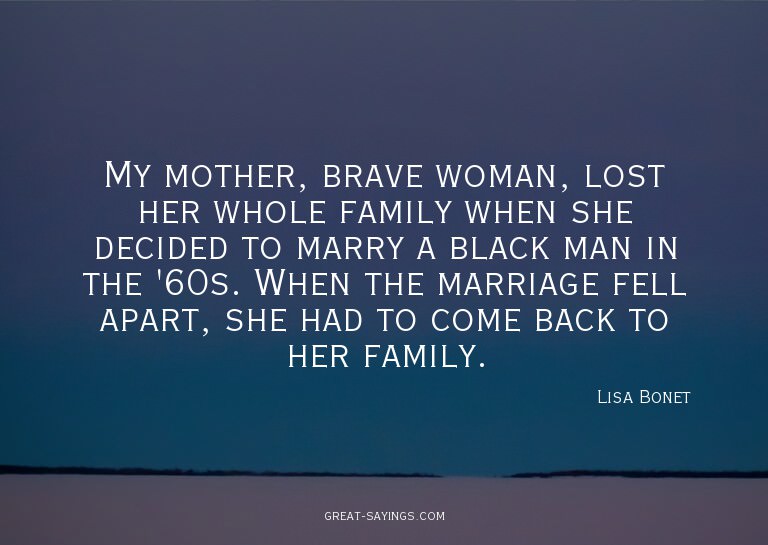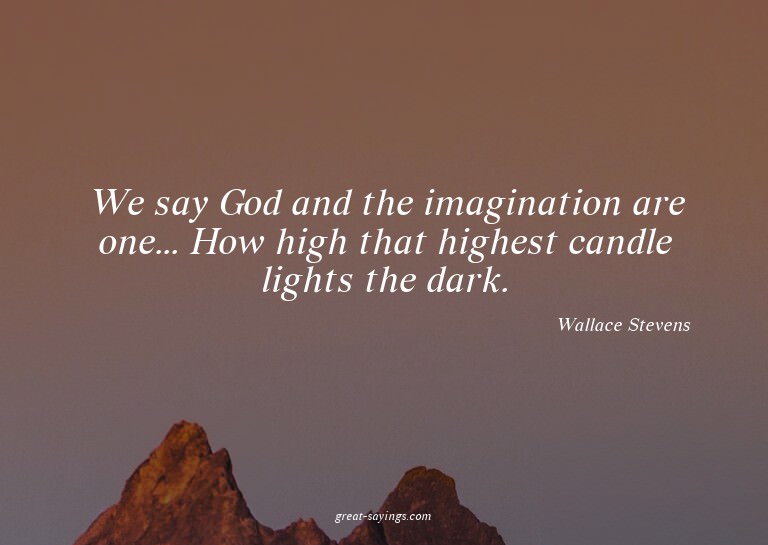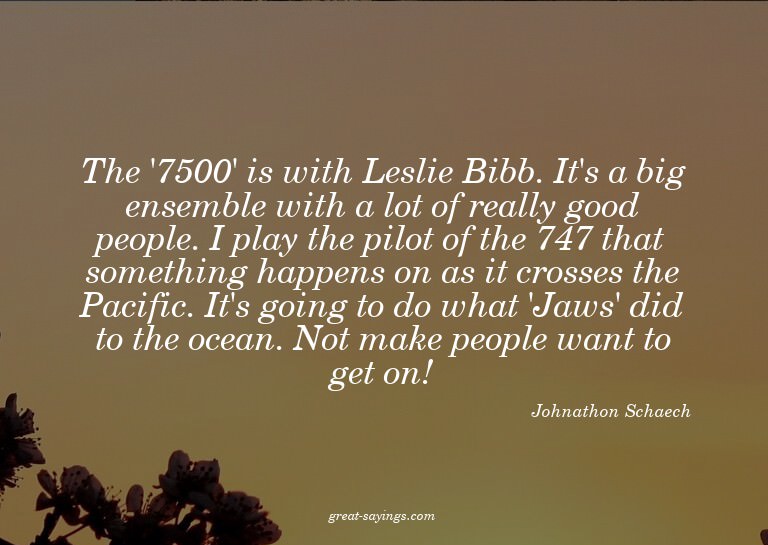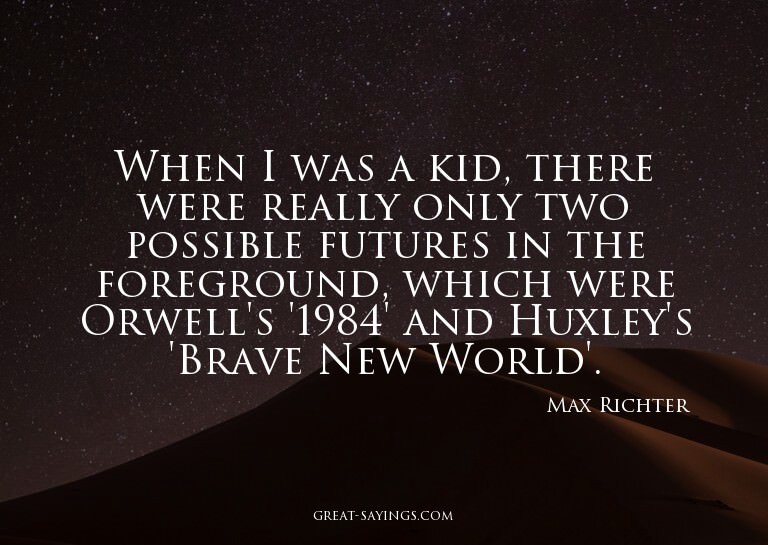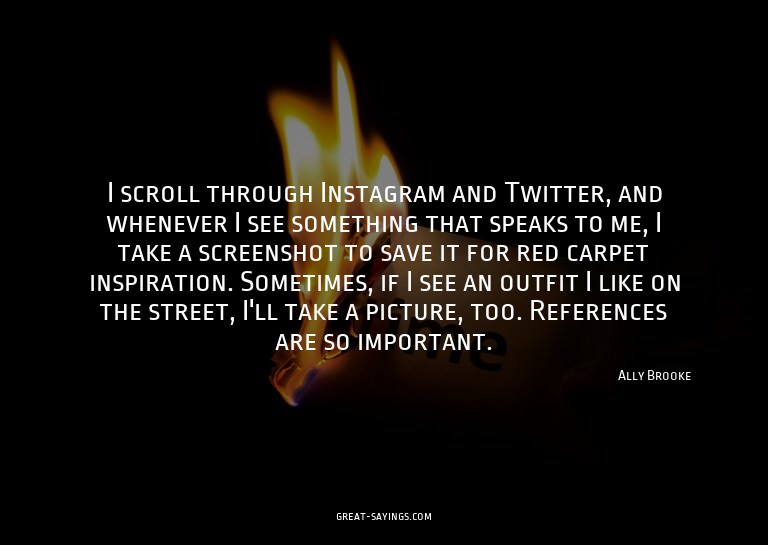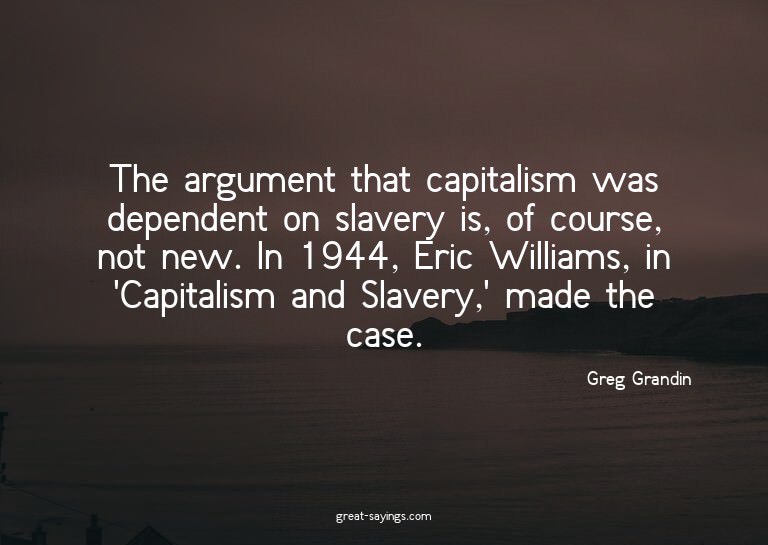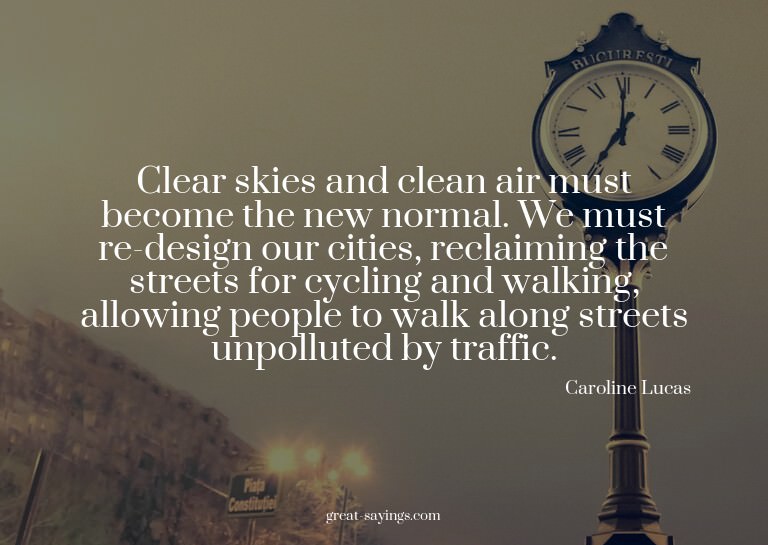Words matter. These are the best Neri Oxman Quotes, and they’re great for sharing with your friends.
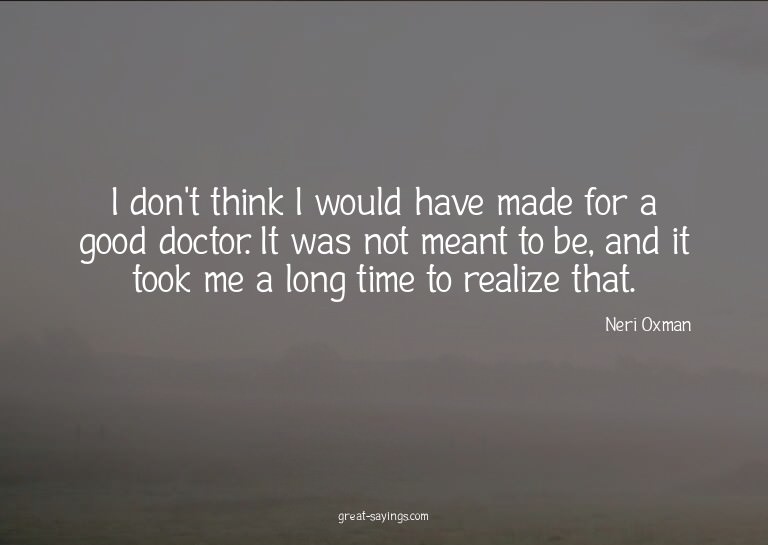
I don’t think I would have made for a good doctor. It was not meant to be, and it took me a long time to realize that.
The most beautiful products or the most elegant or seductive products, in my mind, are those that tell a story of a process.
Although I often find that the feminist rhetoric – not feminism – can come across as simple-minded, self-regarding, nuance-averse and reductive – biology to physiology, history to psychology, procreation to gynecology, and so on – I have come to realize that we should all be feminists.
In the end, it’s clear that the incorporation of synthetic biology in product and architectural design will enable the transition from designs that are inspired by nature to designs made with and by nature to, possibly, designing nature herself.
It is only through hard work and awareness that we can truly own our identity.
Gender is more of a continuum than we are willing to admit when we hit the restroom.
Binaries aside, we are the products of our relationships with our identities – cities we have built, bodies we have embraced, kindred souls we’ve cherished, our memories, our dreams, the fears we hide, the pain we hold – identities that cannot be reduced to a collection of labels.
The world of design has been subjugated by the rigors of manufacturing and mass production.
Because glass is at once structural and transparent, it is relatively easy to consider the integration of structural and environmental building performance within a single integrated skin.
The most beautiful products or the most elegant or seductive products, in my mind, are those that tell a story of a process.
Prior to the Industrial Revolution, hand-production methods were abundant. Craft defined everything. The craftsman had an almost phenomenological knowledge of materials and intuited how to vary their properties according to their structural and environmental characteristics.
The second-most abundant biopolymer on the planet is called chitin, and some 100 million tons of it are produced every year by organisms such as shrimps, crabs, scorpions, and butterflies. We thought if we could tune its properties, we could generate structures that are multifunctional out of a single part.
The 3D-printing technology has been developing at a very rapid pace.
In traditional 3D printing, the gantry size poses an obvious limitation for the designer who wishes to print in larger scales and achieve structural and material complexity.
One cannot separate the spider web’s form from the way in which it originated.
How can we reinterpret 3-D printing in a way that suggests a new design language?
Prior to the Industrial Revolution, hand-production methods were abundant. Craft defined everything. The craftsman had an almost phenomenological knowledge of materials and intuited how to vary their properties according to their structural and environmental characteristics.
I object to the hegemony of form in contemporary architecture. We have very advanced technological tools, but ultimately, we create buildings exactly like we used to before: We send the drawings to an engineer and let him struggle with figuring out how to build it.
Nature is a brilliant engineer and builder. It knows how to create seashells that are twice as strong as the most resistant ceramics human beings can manufacture, and it produces silk fibers five times stronger than steel. Nature also knows how to create multipurpose forms.
I don’t separate architecture, design, or culture. What’s more important is a language of creativity that carries meaning.
I often ask myself, ‘What would design be like if objects were made of a single part? Would we return to a better state of creation?’
Our facial skins are thin with large pores; our back skins are thicker with small pores. One acts mainly as filter, the other mainly as barrier. And yet, it’s the same skin, no parts, no assemblies. It’s a system that gradually varies its functionality by varying elasticity.
The future of design is a future where anything material in the environment – whether it’s wearables, cars, buildings – can be designed with this variation of properties and relationship with the environment that can take part in the natural ecology.
I am equally fascinated and awed by visiting an Alexander McQueen show as I am looking under a microscope.
The second-most abundant biopolymer on the planet is called chitin, and some 100 million tons of it are produced every year by organisms such as shrimps, crabs, scorpions, and butterflies. We thought if we could tune its properties, we could generate structures that are multifunctional out of a single part.
Gender is more of a continuum than we are willing to admit when we hit the restroom.
Choice is a form of compromise, no? So why choose if you can have both?
The 3D-printing technology has been developing at a very rapid pace.
Could we design an all-glass building with internal channels and networks for airflow and water circulation? Can we surpass the great modern tradition of discrete formal and functional partitions and generate an all-in-one building skin?
In the United States alone, 450 billion square feet of glass facade is produced every year. What if we could take this chance to use the glass to harness solar energy and allow the architecture to respond to the light and heat of the sun, to create photosynthesis and generate solar energy?
In the end, it’s clear that the incorporation of synthetic biology in product and architectural design will enable the transition from designs that are inspired by nature to designs made with and by nature to, possibly, designing nature herself.

In nature, there is no separation between design, engineering, and fabrication; the bone does it all.
I grew up in a modernist house, in a modernist culture. There was a love for modernism everywhere – the furniture, the books, the food, even the cutlery. So I learned very early to appreciate the value of design and the value of architecture.
If you think about it, the printing press allowed everyone to print books – it democratised the printing of information. For the first time, we could all print.
I’m not a mother of children, but I’m a different type of mother where my approach to design is more in line with nature. It’s less about dictating and more about editing and listening and allowing something to grow. So I nourish and let the material express what it wants to be.
Forms in nature are a byproduct of a reciprocal action between a given material and the conditions of the environment. But in architecture, the process is the direct opposite: First you decide on the form, and then you think how to build it in reality.
I don’t think I would have made for a good doctor. It was not meant to be, and it took me a long time to realize that.
I am inspired by alchemy and all things continuous, uninterrupted, and effortlessly fused into wholes.
In many ways, I think I’m still forming my ideas about my own identity in this world.
Look at spiders. They use about eight different properties of silk for different functions. The spider is like a multimaterial 3D printer.
Our facial skins are thin with large pores; our back skins are thicker with small pores. One acts mainly as filter, the other mainly as barrier. And yet, it’s the same skin, no parts, no assemblies. It’s a system that gradually varies its functionality by varying elasticity.
Forms in nature are a byproduct of a reciprocal action between a given material and the conditions of the environment. But in architecture, the process is the direct opposite: First you decide on the form, and then you think how to build it in reality.
I loathe categorization. I cherish my independence, and I treasure chivalry. I live just fine with ambiguity, and I welcome a good quarrel about all things designed or grown – except for when men misnomer ‘confident’ with ‘poised’ and ‘passionate’ with ‘feisty.’ I work hard.
The future of design is a future where anything material in the environment – whether it’s wearables, cars, buildings – can be designed with this variation of properties and relationship with the environment that can take part in the natural ecology.
I appreciate good tailoring as much as good details of construction.
When you celebrate a new idea, it immediately comes through the way you hold yourself and the clothes you wear.
Binaries aside, we are the products of our relationships with our identities – cities we have built, bodies we have embraced, kindred souls we’ve cherished, our memories, our dreams, the fears we hide, the pain we hold – identities that cannot be reduced to a collection of labels.
A great dream of mine would be to run a design studio full of scientists who think about science as creatively as if they were doing art.
If you believe in Cinderella, and if you can suspend your disbelief at midnight, then you can believe in the interdisciplinary midnight, the ‘in-betweens,’ and become fortunately entangled, moving from art to science.
Because glass is at once structural and transparent, it is relatively easy to consider the integration of structural and environmental building performance within a single integrated skin.
When you celebrate a new idea, it immediately comes through the way you hold yourself and the clothes you wear.
If you think about it, the printing press allowed everyone to print books – it democratised the printing of information. For the first time, we could all print.
Pages: 1 2

